August 20, 2020
— Tim
Could Be Today, July 22, 2020.
“In 1700, the pirates of Madagascar menace the India trade; British officer Brian Hawke has himself cashiered, flogged, and set adrift to infiltrate the pirate “republic.” There, Hawke meets lovely Spitfire Stevens, a pirate captain in her own right, and the sparks begin to fly; but wooing a pirate poses unique problems. Especially after he rescues adoring young Princess Patma from a captured ship. Meanwhile, Hawke’s secret mission proceeds to an action-packed climax.”

— Tim
Ensuing his first year in Papua New Guinea (PNG), Errol suffered frequent recurrences of malaria throughout his life, to the very week of his death.
He appears to have contracted malaria for the first time in 1928, months after he first moved to Papua New Guinea in October of 1927.
Malaria plagued him during 1929, which factored into his decision to return to Sydney, after 25 months in PNG.
On June 18, 1930, the Rockingham Morning Bulletin states that “Captain Flynn” was suffering from a “touch of malaria”.
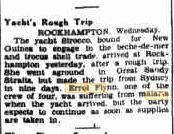
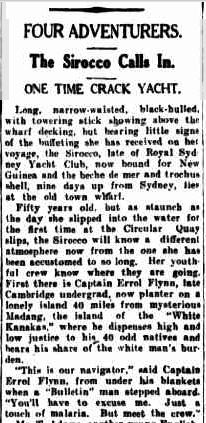
In 1931 and 1932 Errol had multiple malarial attacks, , including on the “black-birding” trip during which he was ambushed and injured. He reported that during that excursion he was “freezing and sweating at the same time” from malaria.
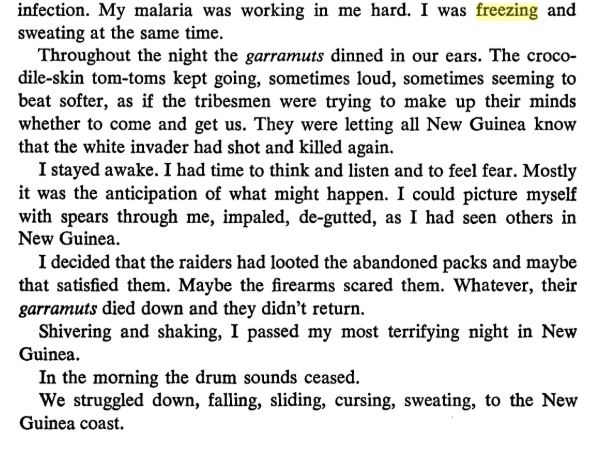
In March of 1933, newspapers reviewing In the Wake of the Bounty reported of Errol’s malaria in PNG.

In May of 1933, While in China, Errol reports having suffered a bout of malaria, “shaking and shivering” after his brief affair with Ting Ling O’Connor in Macoa.

In 1935, Errol suffered a malarial attack during filming of Captain Blood.

In 1937, Errol publishes Beam Ends, regarding which the Sydney Daily Telegraph reports that Errol was hospitalized in Townsville with malaria.
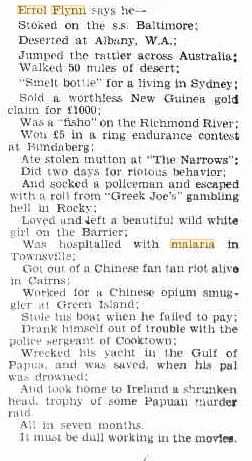
In September of 1938, Errol was taken to Good Samaritan Hospital prior to opening of The Sisters because of “malarial fever” and respiratory infection.
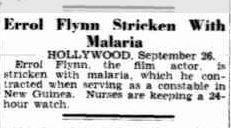
Circa late September 1940, Errol had a bout with malaria in Mexico City.
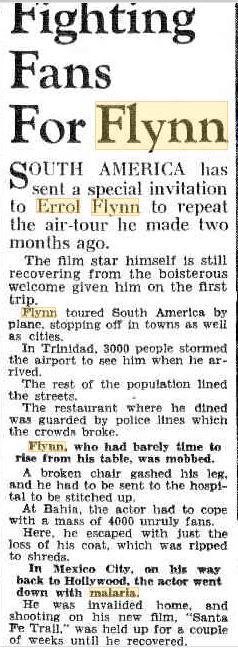
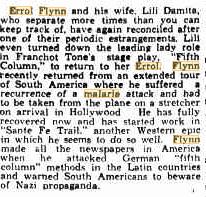
In September of 1941, Errol collapsed in an elevator in part due to malaria.
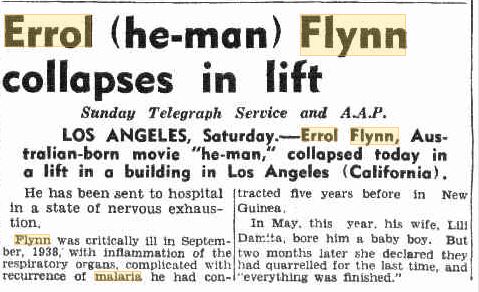
In 1942, Errol was documented to be suffering from recurring bouts of malaria, which contributed to his not being accepted by the Armed Forces for service in WW II. Coupled with heart murmurs and tuberculosis, he was told by doctors he would not survive the decade.


In Vancouver, shortly before his death in October of 1959, Errol had a bout of malaria.

— Tim
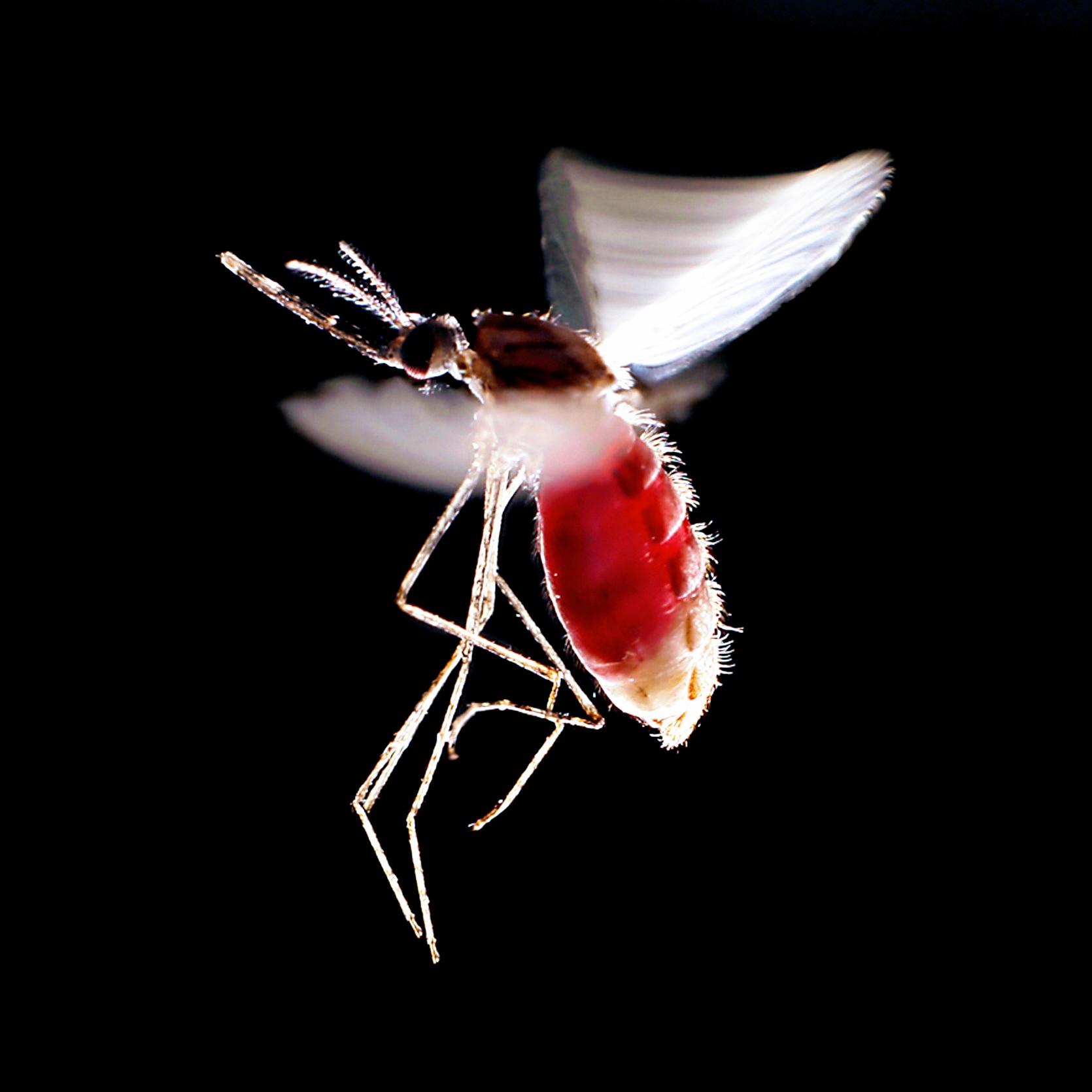
The lowlands of Papua New Guinea’s north coast have been a flashpoint in the shattering contest of mosquito versus human throughout history. Here people don’t so much die from malaria as endure it, morbidity outstripping mortality. Debilitating sickness reverberates through genetics, culture, prosperity and aspiration.
Malaria is particularly and powerfully entrenched in the communities here on PNG’s north coast and through the surrounding lowlands, where it has afflicted and shaped generations throughout history, a story written into their DNA.
There are four main types of human malaria. By far the most notorious and deadliest is Plasmodium falciparum, the biggest killer globally. By contrast, PNG has the world’s highest prevalence of P. vivax, which is difficult to control because it lingers in the body and relapses.
This type of malaria (P. vivax) inflicts relapsing illness on their carriers. This is the malaria tale familiar to so many travelers and soldiers who returned from the tropics to find themselves mysteriously floored by bouts of illness for years afterwards.
The location where Errol is believed to have first been stricken with malaria in or near New Britain – and the lifelong recurrent nature of his malaria, is evidence that he obtained it from “Ann” the female Anopheles mosquito, as did soldiers stationed in those same exact locations during World War II.
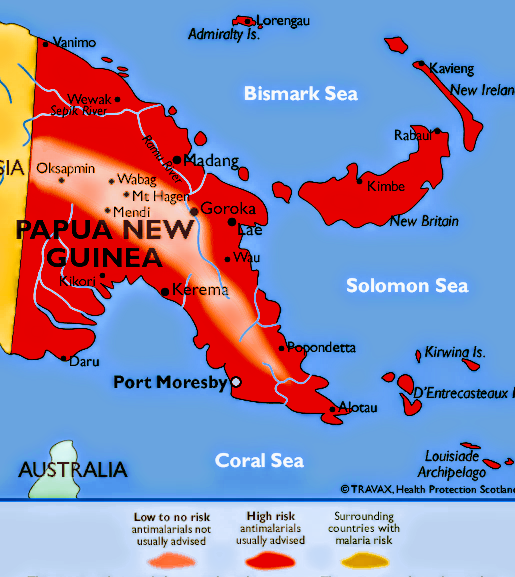
Conditions in the South Pacific Theater during World War II were harsh — thick jungle, high temperatures, heavy rainfall, swamps, excessive mud, and mountainous terrain made life difficult enough for Soldiers. But the environment was perfect for mosquitos. Disease, especially malaria, was rampant among the troops. Although dysentery and beriberi took their toll, malaria was by far the most devastating disease, causing more casualties than the enemy. In many cases throughout the campaigns malaria played a significant role in determining the outcome of battle.
The primary carrier of malaria was the species Anopheles minimus flavirostris, sometimes nicknamed “Ann” by the Soldiers. This type of mosquito thrived in the Pacific island regions, doing best in regions with swiftly-flowing, clear, shaded water.
— Tim
From Forgotten Christmas Films
“Not your typical Christmas film, but you see Errol Flynn dressed up like Santa Claus! Phil (Errol) and Ellen (Eleanor Parker) Gayley are divorced. Their daughter Flip (Patti Brady) and Phil aren’t very happy about the divorce and hope to win Ellen back from her new boyfriend, Rex (Donald Woods). All of this takes place during Christmas as Phil and Rex both dress up like Santa and a comedic mix-up occurs. To review: A cute movie that really takes place during Christmas by chance, but still shows the importance of family. This is actually one of my favorite Errol Flynn movies, because we get to see him in a comedic, husband type role in New York, rather than a swashbuckling role in Spain.”
— Tim